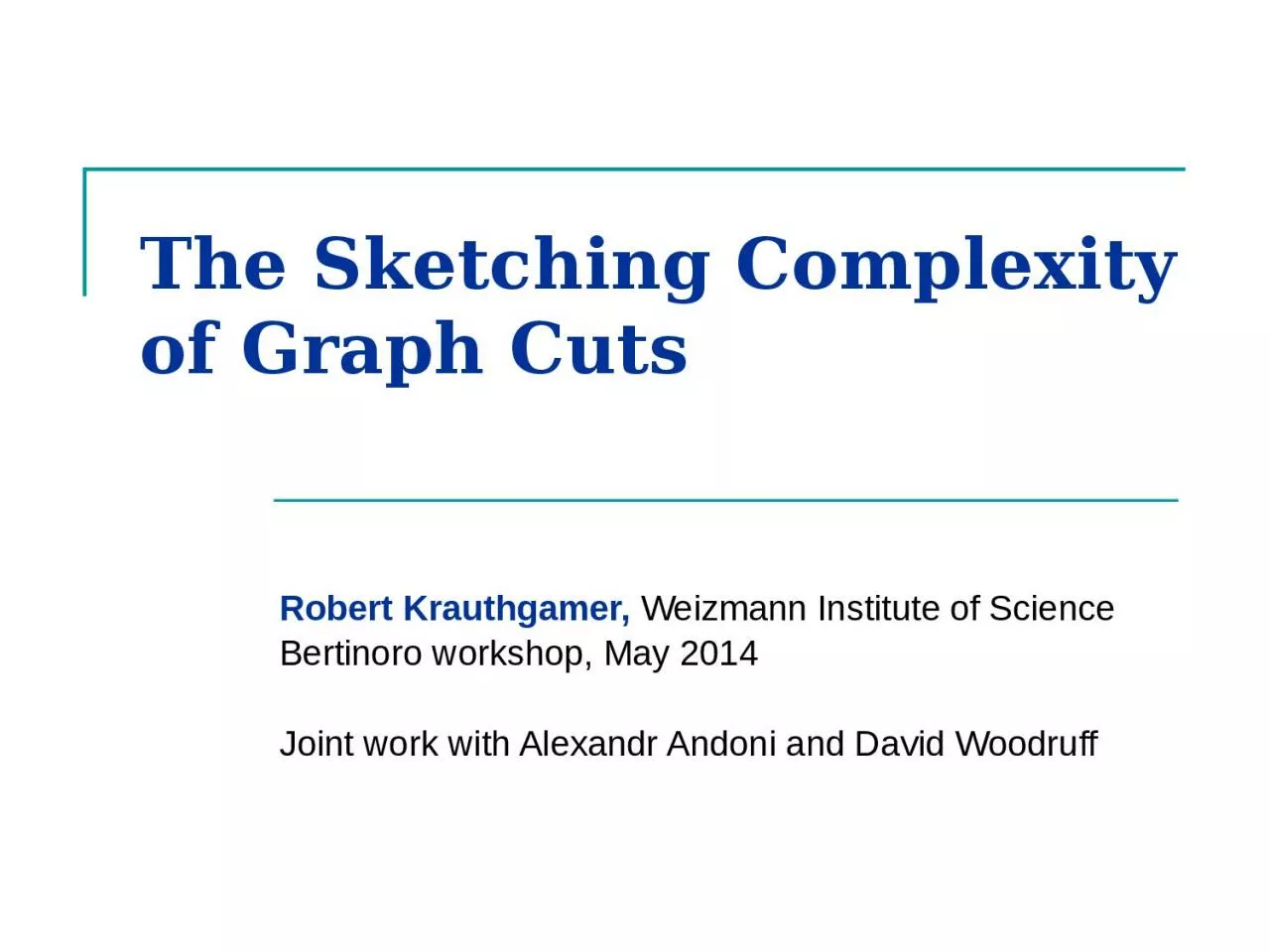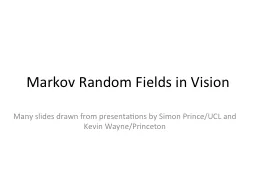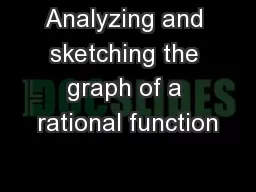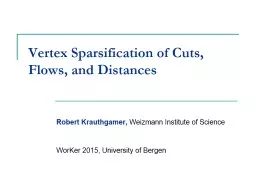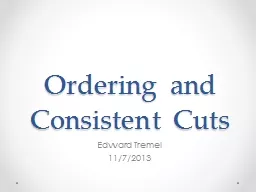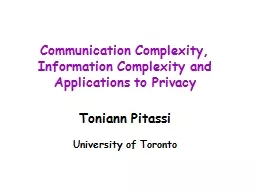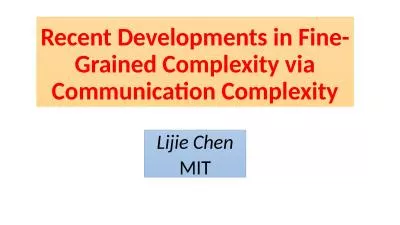PPT-The Sketching Complexity of Graph Cuts
Author : cadie | Published Date : 2024-02-03
Robert Krauthgamer Weizmann Institute of Science Bertinoro workshop May 2014 Joint work with Alexandr Andoni and David Woodruff TexPoint fonts used in EMF
Presentation Embed Code
Download Presentation
Download Presentation The PPT/PDF document "The Sketching Complexity of Graph Cuts" is the property of its rightful owner. Permission is granted to download and print the materials on this website for personal, non-commercial use only, and to display it on your personal computer provided you do not modify the materials and that you retain all copyright notices contained in the materials. By downloading content from our website, you accept the terms of this agreement.
The Sketching Complexity of Graph Cuts: Transcript
Download Rules Of Document
"The Sketching Complexity of Graph Cuts"The content belongs to its owner. You may download and print it for personal use, without modification, and keep all copyright notices. By downloading, you agree to these terms.
Related Documents

